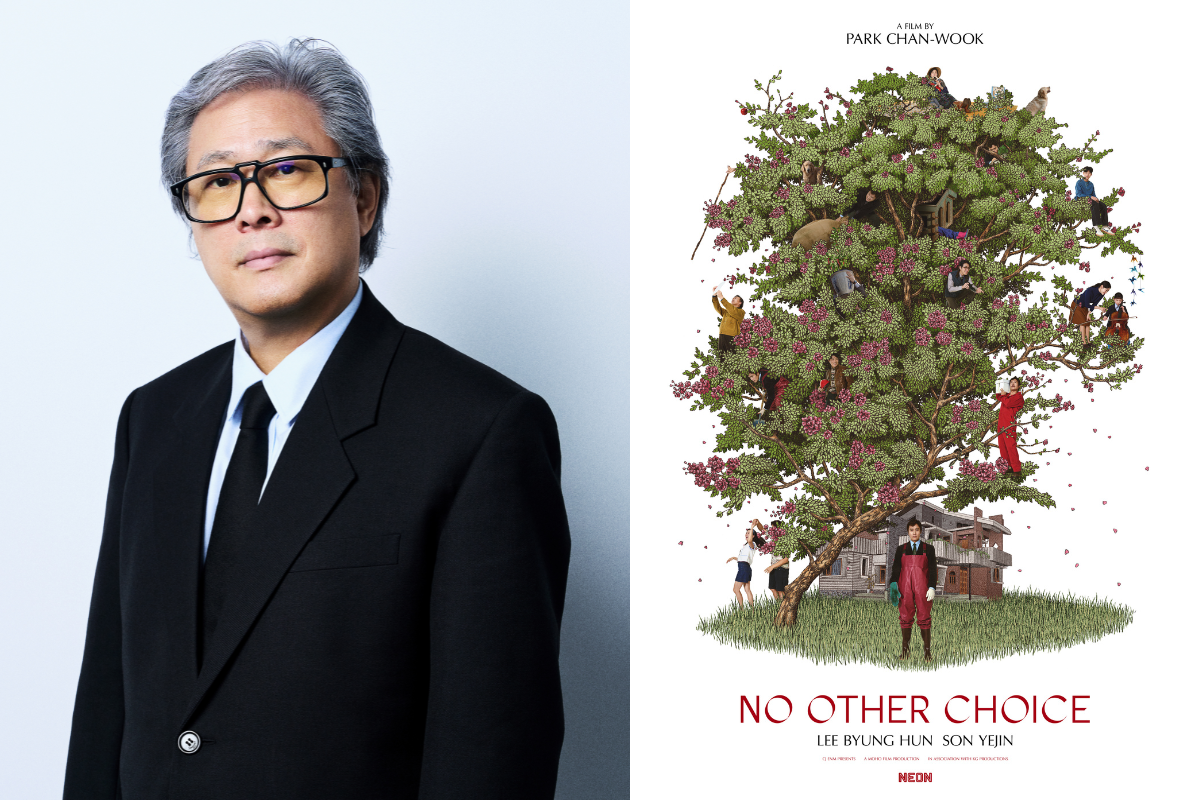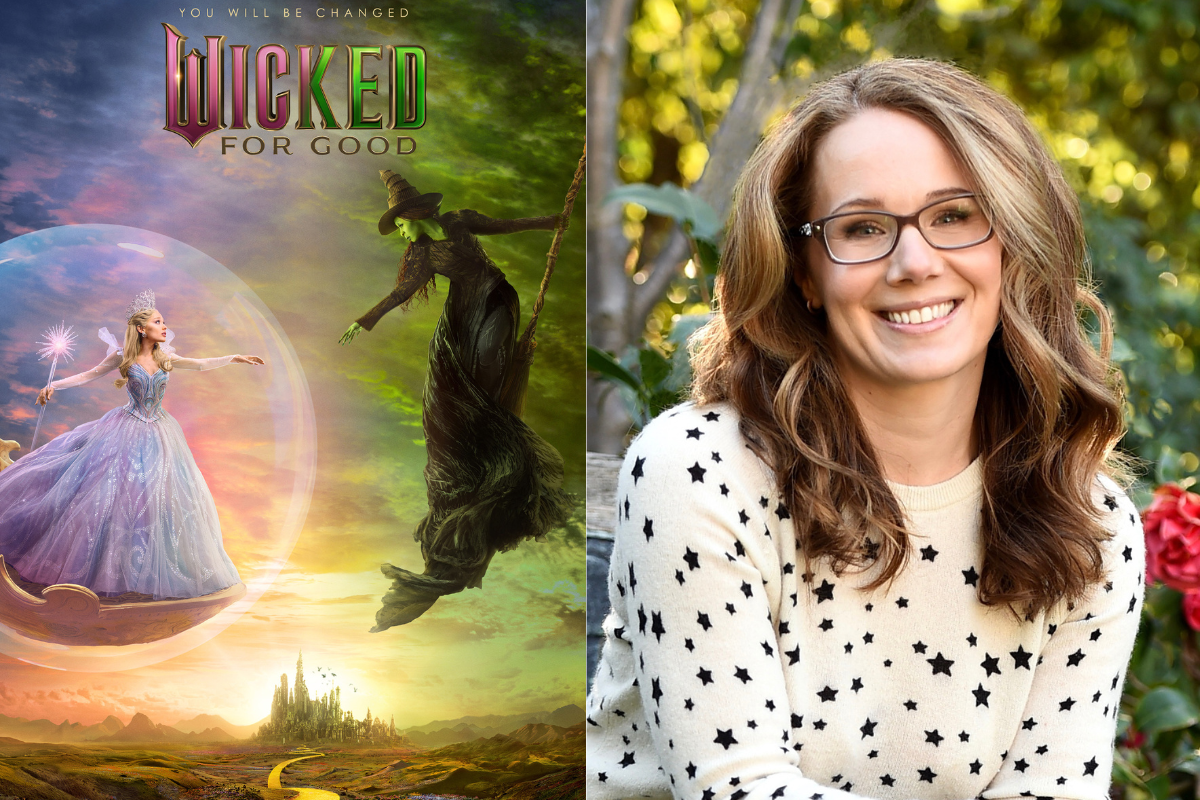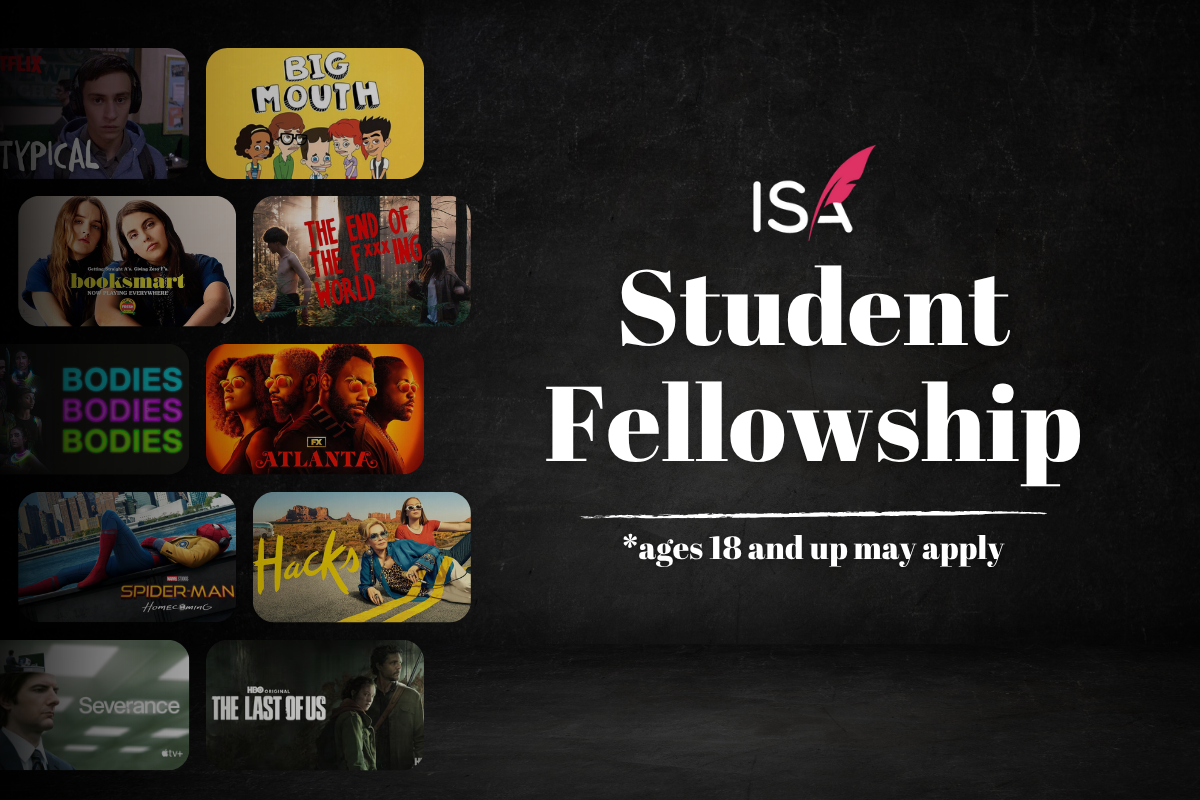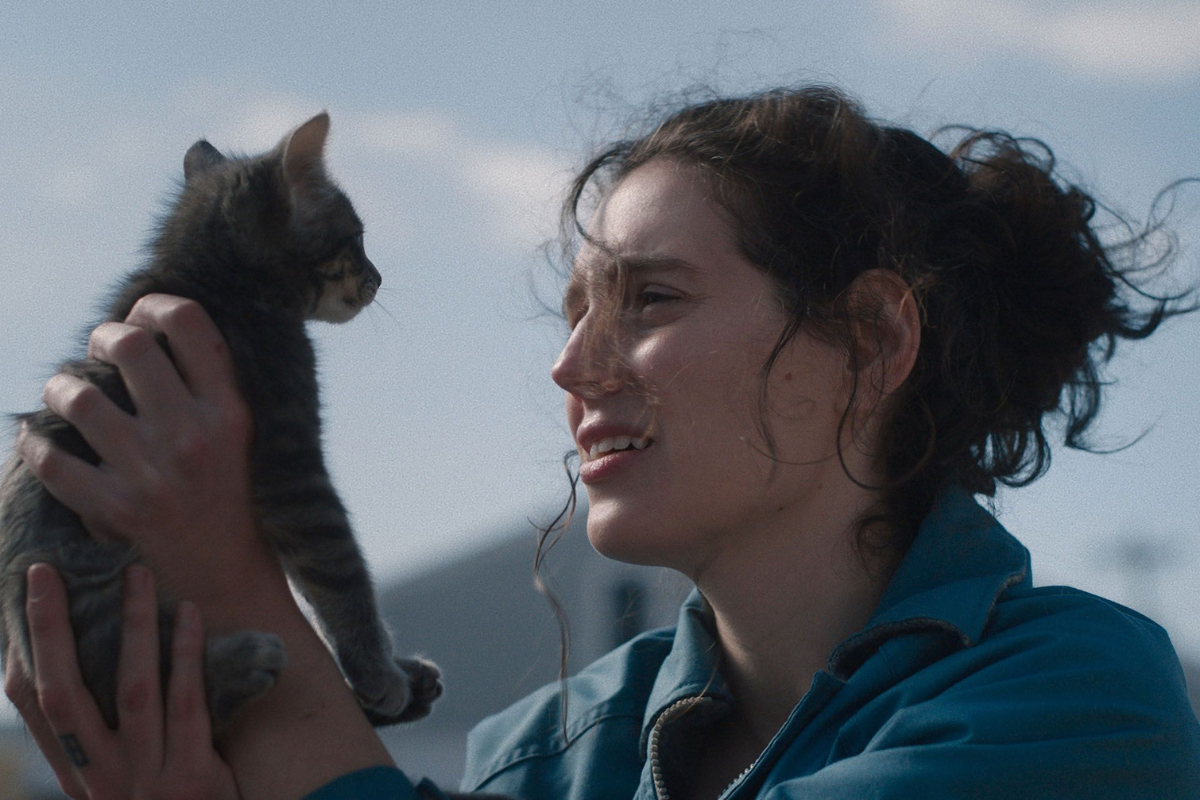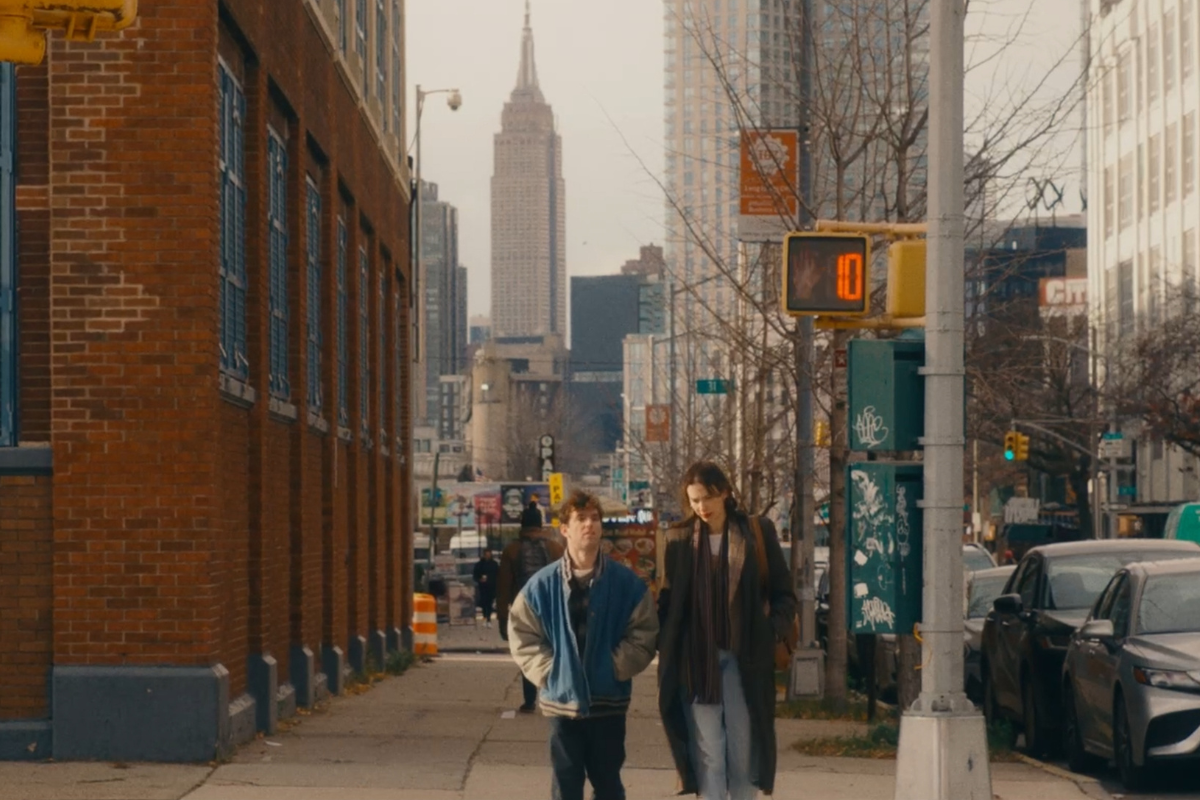SHORT CIRCUIT: Directing – Feature Movie, Part 2
Dan Goforth talks with Pixar’s screenwriter/director Steve Purcell about writing and directing in making the move from features to short films.
As I noted in Part 1 of this series, some feature directors even make the move to short films. When that director also happens to be a talented screenwriter and a well-known member of the Pixar team, it's a great opportunity to get a look inside his creative process. Steve Purcell has been nominated twice for the prestigious International Animated Film Society Annie awards for Outstanding Achievement in Writing in an Animated Feature Production (Brave) and for Writing in an Animated TV/Broadcast Production (Toy Story That Time Forgot).
Steve joined Pixar Animation Studios in September 2001 as a story artist on the Golden Globe®-winning feature film, Cars. As part of the Cars production team research trip along Route 66, Purcell's discoveries introduced a sense of warmth, heart and authenticity to the story and characters of the film. In addition to his valuable work for the story team, Purcell contributed script material, voiced the Tractors and produced concept art for, and consulted on the Cars franchise toys and games. It was his adept storytelling talents that lead Purcell to his next role as co-writer and co-director on Disney-Pixar's Academy Award®-winning feature film Brave. Working closely with the film's directors and producer, their research immersed them in Scottish culture, including an inspiring and informative journey through the Scottish highlands.
Following the enormous success of Cars and Brave at the box office, Purcell then shifted gears, writing and directing Pixar's second ever television special, Toy Story That Time Forgot, which aired during the 2014 Holiday Season.
What was it that made you decide you wanted to direct films?
I made movies as a kid but eventually shifted toward illustration and comic books as my profession. Along the way, I had opportunities to adapt my comics for computer games and animation, which reignited my interest in storytelling on screen. When I came to Pixar, I worked as a story artist, then a Story Supervisor, Scriptwriter and then co-director on Brave.
What made you decide to take on a TV Special after doing such an extremely ambitious feature?
After working on that extremely ambitious feature, it was refreshing to tackle a shorter project that would make use of my sense of humor and love for genre movies. Toy Story That Time Forgot was originally meant to be a six-minute short, and I started working on it as Brave was winding down. John Lasseter loved the new characters and asked that it be expanded to a half hour show.
After this, is there any advice you would give to someone about to direct their first short film?
You want to let the subject matter to speak to you in some way. For me, though I love all the fun genre elements we created for the show, my angle into the piece was through Bonnie and Trixie, who bring change to the characters they interact with. Bonnie has an infectious creative spirit which she shares with her friend Mason, who has gotten disconnected from his toys, and Trixie brings the Battlesaurs and herself the enlightenment that they have a greater purpose than being what the package says they are. As long as I could keep those concepts alive, that helped prevent me from getting lost as the story reels changed.
How about someone looking at making a move from directing shorts to directing a feature?
This short is like a feature compressed into 21 and a half minutes. We developed it with a three act structure. But there are many ways to create a short, since you don't need to hold the audience as long. In developing a feature, your character needs to give the audience compelling reasons to follow them for ninety minutes. It's harder than it looks.
Can you talk about your upcoming projects after this one?
I'm dying to know myself.
Do you have any additional advice to give to directors?
Whenever possible, give your crew room to participate in the creative process. It's great to know what you want, but don't feel like you have to do everyone's job. A film is a collaboration and your crew are there to help you solve the problems. The more they are engaged creatively, the more you and the film will benefit.
- More articles by Dan Goforth
- Write, Direct, Repeat: Time to Make a Film!
- Monday Morning Editor’s Picks: Becoming a Director
Learn the master storytelling techniques Pixar uses in all of its films
Pixar’s Emotional Core: The Essential Element in all Successful Stories
Dan Goforth is a current member of the WGA. He has sold to Netflix and has worked on several other assignments. He is a former rocket scientist, shark safety diver and award winning screenwriter. Visit Dan at Script Soup and follow him on Twitter @Dango_Forth.


